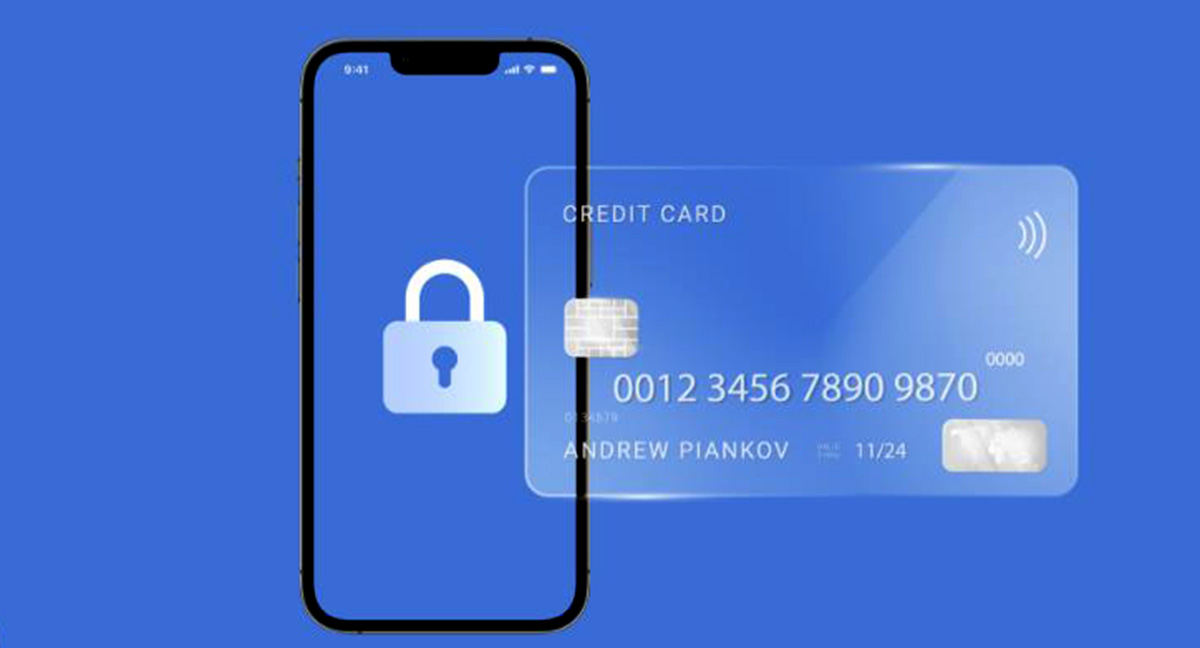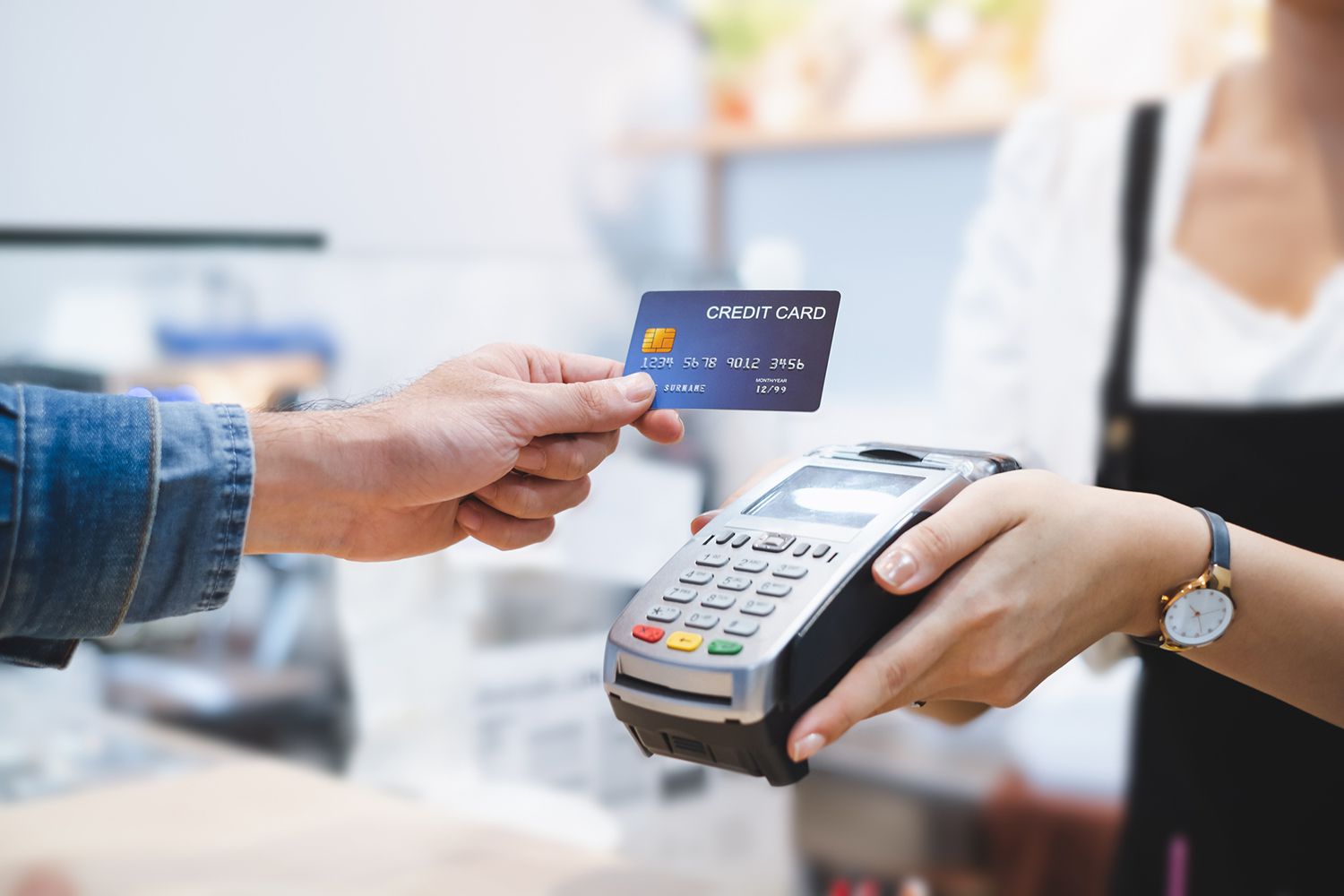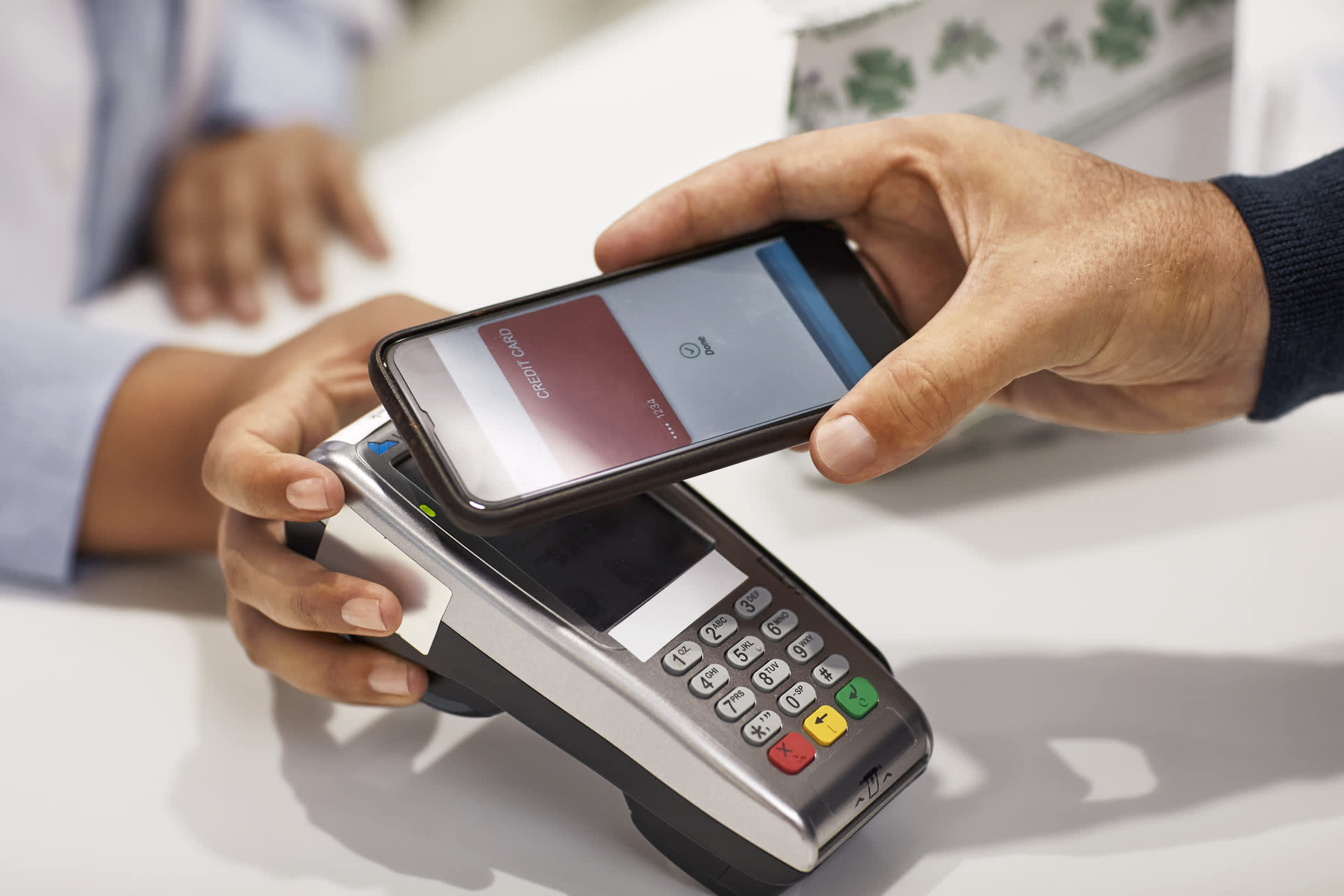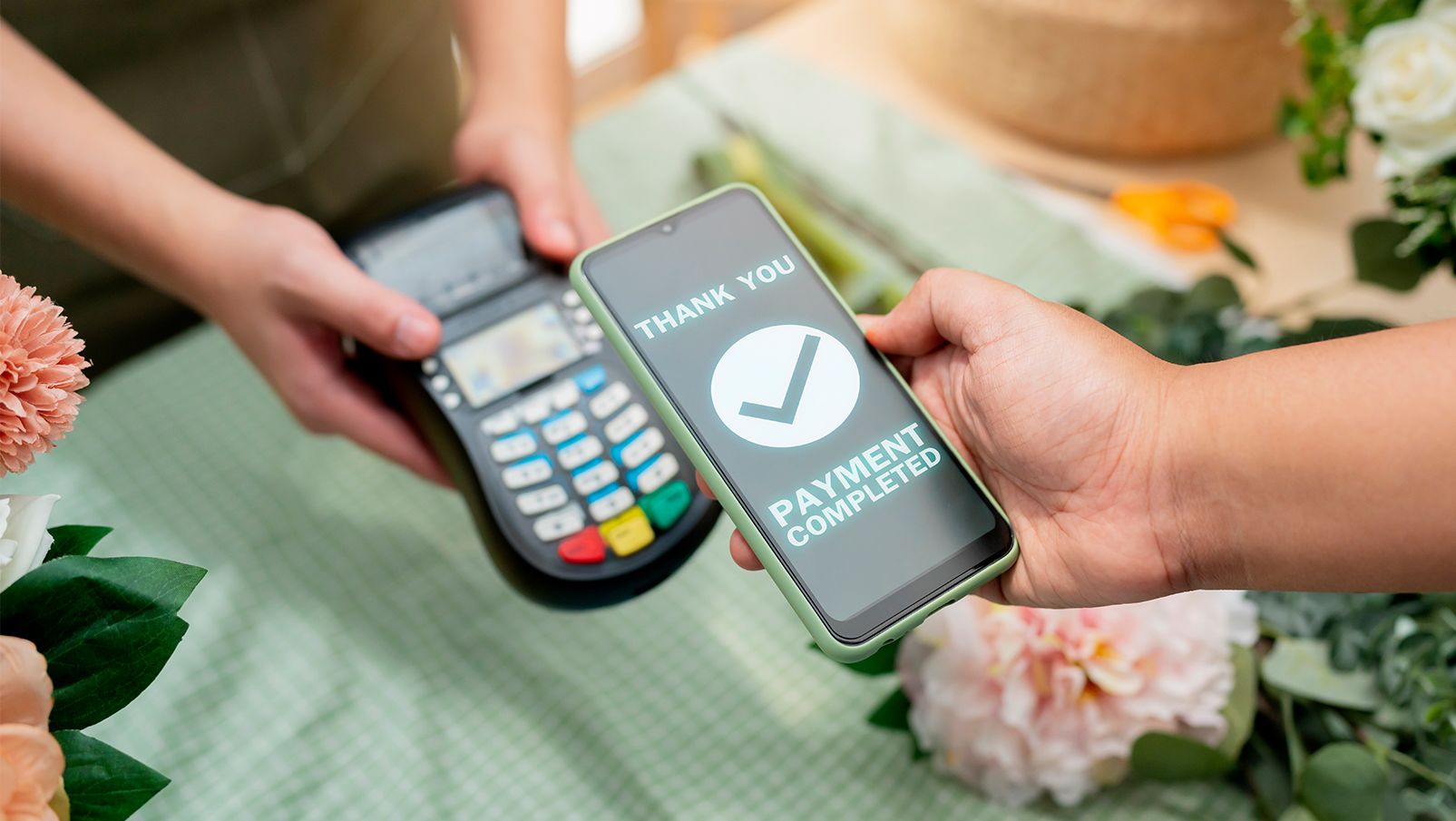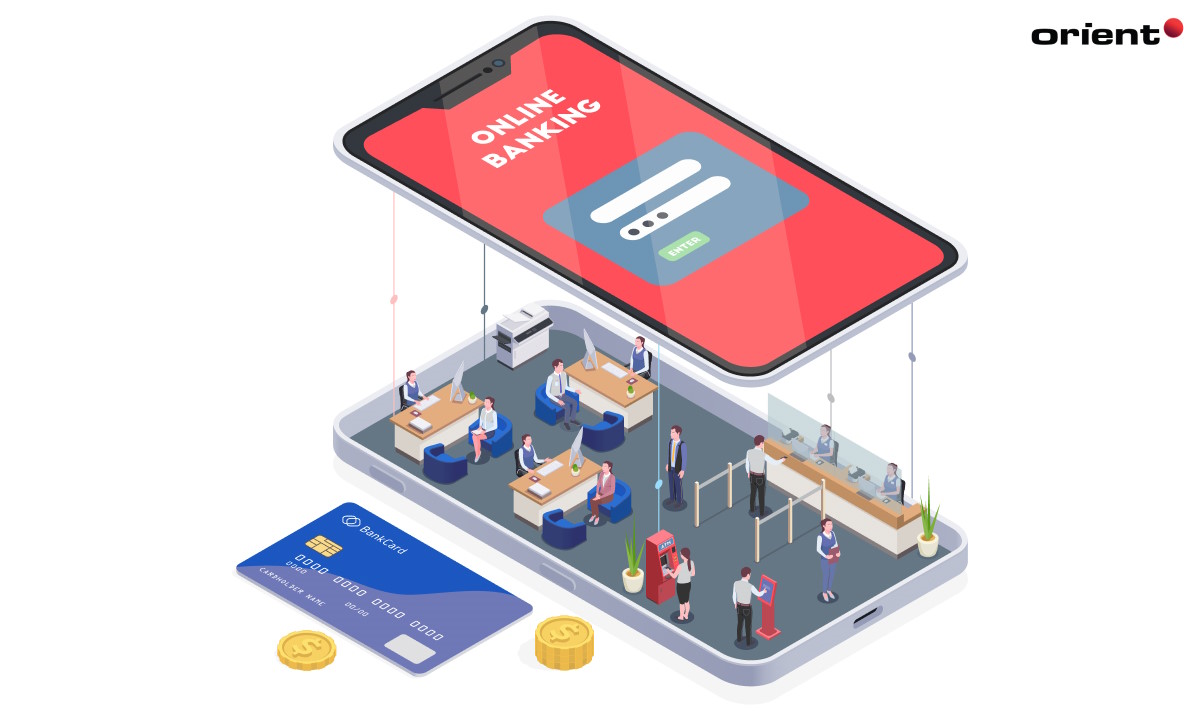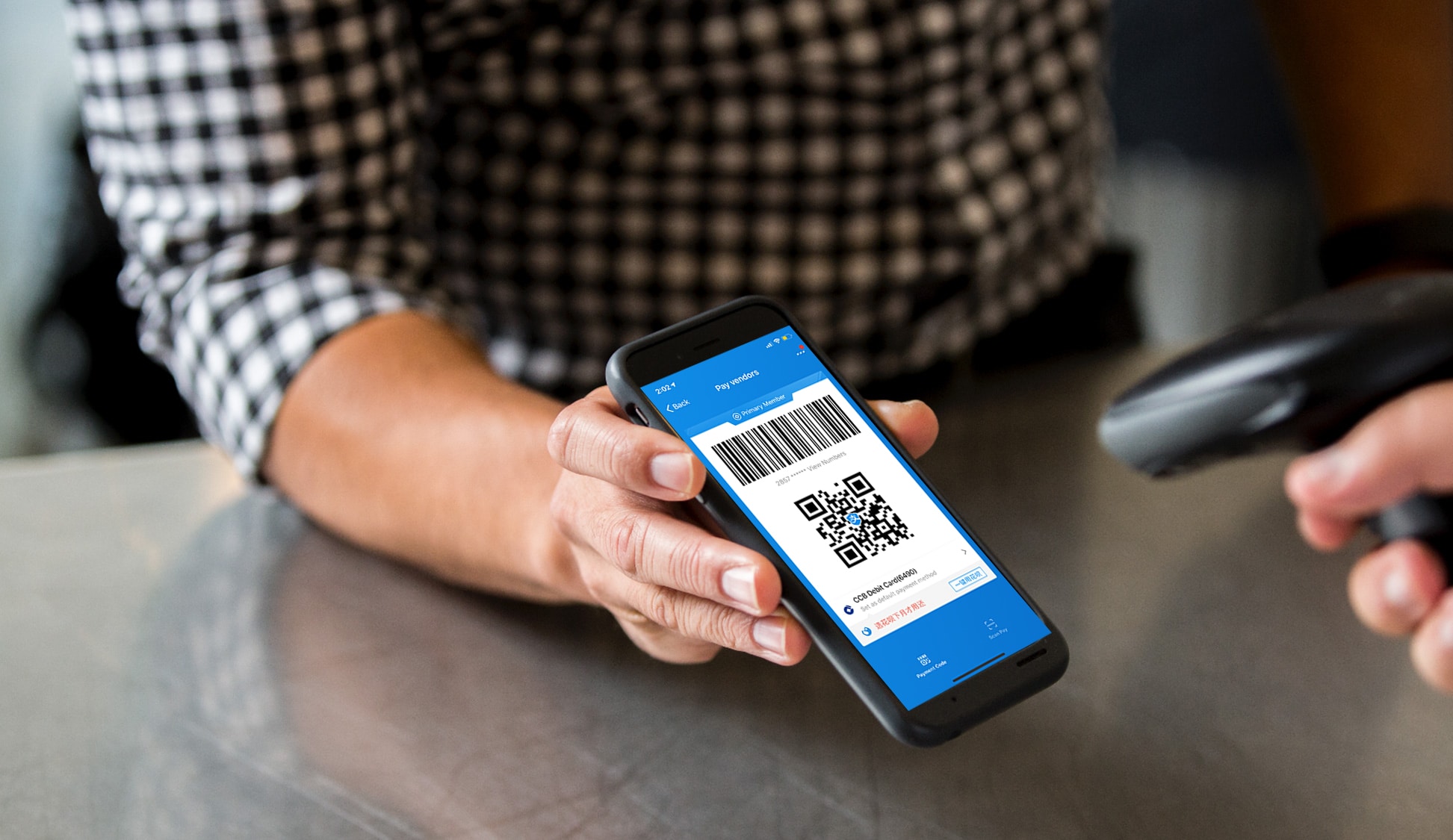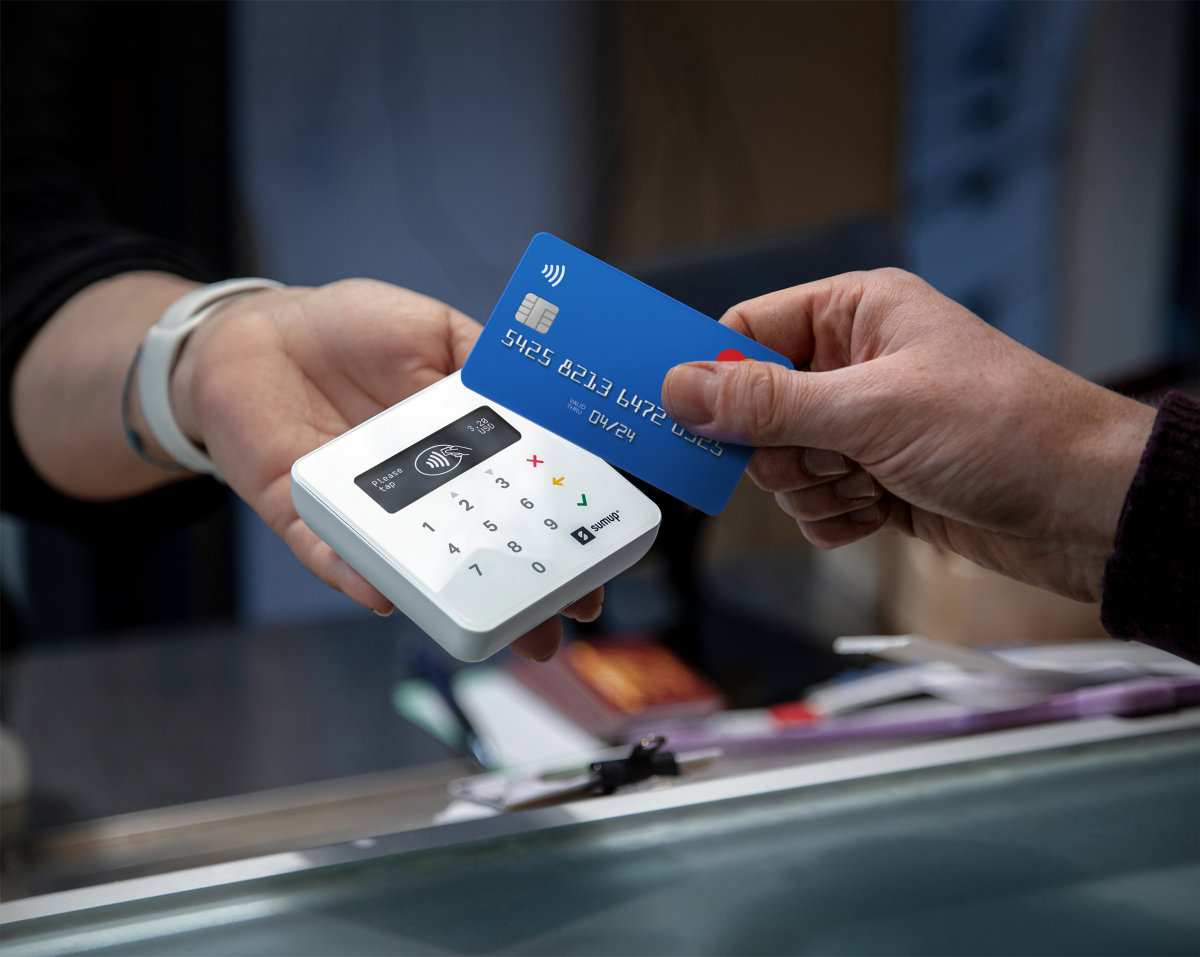

Finance
What Are NFC Mobile Payments?
Published: February 27, 2024
Learn how NFC mobile payments work and their impact on finance. Discover the benefits and security features of NFC transactions. Explore the future of contactless payments.
(Many of the links in this article redirect to a specific reviewed product. Your purchase of these products through affiliate links helps to generate commission for LiveWell, at no extra cost. Learn more)
Table of Contents
Introduction
Introduction
Welcome to the future of contactless transactions – NFC mobile payments. In today’s fast-paced world, the way we handle financial transactions is constantly evolving, and NFC mobile payments are at the forefront of this revolution. NFC, which stands for Near Field Communication, is a cutting-edge technology that enables seamless and secure communication between devices in close proximity. When integrated into mobile payment systems, NFC technology allows users to make purchases by simply tapping their smartphones or smartwatches on compatible payment terminals. This innovative approach to conducting transactions is reshaping the way we interact with money, offering unparalleled convenience and efficiency.
NFC mobile payments have gained significant traction in recent years, with an increasing number of retailers and businesses embracing this technology to streamline their payment processes. As a result, consumers are now able to enjoy the benefits of swift and hassle-free transactions, eliminating the need to carry physical wallets or rummage through purses in search of credit cards. With the widespread adoption of NFC-enabled devices and the growing acceptance of contactless payments, it’s essential to understand the intricacies of NFC mobile payments, including how they work, their security features, and the potential advantages and disadvantages they present. Join us as we delve into the world of NFC mobile payments and explore the exciting possibilities that this technology brings to the realm of financial transactions.
What Is NFC Technology?
Near Field Communication (NFC) technology is a form of short-range wireless communication that enables the exchange of data between devices when they are brought into close proximity, typically within a few centimeters of each other. This technology operates on the principles of electromagnetic induction, allowing devices to establish communication by creating a radio frequency field. NFC technology is integrated into a wide range of devices, including smartphones, tablets, smartwatches, and payment terminals, making it a versatile and widely accessible solution for various applications.
One of the key features of NFC technology is its ability to facilitate contactless transactions, enabling seamless and efficient payment processes. In addition to mobile payments, NFC technology is utilized in diverse scenarios, such as access control systems, public transportation ticketing, and interactive advertising. The inherent security measures embedded within NFC technology contribute to its widespread adoption, as users can engage in transactions with confidence, knowing that their data is protected.
Furthermore, NFC technology operates in two modes: active and passive. In active mode, both devices involved in the communication process generate their own radio frequency field, allowing for bidirectional data exchange. Passive mode, on the other hand, involves one device generating a radio frequency field while the other device utilizes that field for communication, typically in scenarios such as contactless payment transactions.
Overall, NFC technology serves as a catalyst for enhancing the efficiency and convenience of various interactions, particularly in the realm of mobile payments. Its seamless integration into everyday devices and its robust security features make it a compelling solution for modern, fast-paced lifestyles, enabling users to experience the benefits of swift and secure contactless transactions.
How Do NFC Mobile Payments Work?
NFC mobile payments leverage the innovative capabilities of Near Field Communication (NFC) technology to enable swift and secure transactions using compatible mobile devices. The process begins with the integration of NFC technology into smartphones, smartwatches, or other mobile devices, effectively transforming them into contactless payment tools. To initiate an NFC mobile payment, users simply need to bring their NFC-enabled device within close proximity of a compatible payment terminal, typically within a few centimeters, and authorize the transaction through a designated authentication method, such as a fingerprint scan or a PIN.
Upon initiating the payment, the NFC-enabled device establishes communication with the payment terminal, facilitating the secure exchange of transaction data. This interaction occurs within a fraction of a second, underscoring the speed and efficiency of NFC mobile payments. The seamless nature of this process eliminates the need for physical contact between the device and the terminal, offering unparalleled convenience to users.
Once the transaction data is transmitted between the NFC-enabled device and the payment terminal, the necessary payment information, such as the user’s account details and the transaction amount, is securely conveyed and processed. This seamless exchange of data occurs within a secure communication channel, safeguarding the user’s sensitive financial information from unauthorized access or interception.
Furthermore, the implementation of tokenization adds an extra layer of security to NFC mobile payments. Tokenization involves the generation of a unique token, or a randomized code, for each transaction, replacing the actual card details with this temporary identifier. As a result, even if the token is intercepted, it cannot be used for unauthorized transactions, enhancing the overall security of NFC mobile payments.
Overall, the seamless and secure operation of NFC mobile payments is underpinned by the advanced capabilities of NFC technology, offering users a convenient and reliable method for conducting contactless transactions. With its swift transaction processing and robust security features, NFC mobile payments represent a significant advancement in the realm of modern payment solutions, aligning with the evolving needs of today’s digital consumers.
Security of NFC Mobile Payments
Security is a paramount consideration in the realm of mobile payments, and NFC technology is equipped with robust measures to ensure the integrity and confidentiality of transactions. When it comes to NFC mobile payments, several key security features contribute to the safeguarding of sensitive financial data and the prevention of unauthorized access.
One of the fundamental security components of NFC mobile payments is the use of encryption to protect the transmission of data between the NFC-enabled device and the payment terminal. By employing advanced cryptographic techniques, such as secure key exchange and data encryption, NFC mobile payments create a secure communication channel, mitigating the risk of interception or tampering with the transaction data.
Additionally, NFC mobile payments incorporate authentication mechanisms to verify the identity of the user initiating the transaction. This often involves biometric authentication, such as fingerprint scanning or facial recognition, as well as the use of personal identification numbers (PINs) to authorize payments. These authentication measures add an extra layer of protection, ensuring that only authorized users can initiate and validate NFC mobile payments.
Furthermore, the implementation of tokenization significantly enhances the security of NFC mobile payments. Through tokenization, sensitive card details are replaced with unique tokens for each transaction, rendering the actual financial information inaccessible to unauthorized entities. This approach minimizes the risk associated with data breaches, as the tokens generated for NFC mobile payments are useless if intercepted, providing an additional barrier against fraudulent activities.
Moreover, the close proximity required for NFC transactions inherently contributes to their security. The short-range nature of NFC communication limits the risk of unauthorized interception, as devices must be in close proximity for successful data exchange. This physical proximity requirement adds a layer of security, reducing the likelihood of unauthorized access to transaction data during NFC mobile payments.
Overall, the comprehensive security framework embedded within NFC mobile payments underscores the commitment to safeguarding users’ sensitive financial information. By leveraging encryption, authentication mechanisms, tokenization, and the inherent characteristics of NFC technology, NFC mobile payments offer a secure and reliable platform for conducting contactless transactions, instilling confidence in users and fostering widespread adoption of this innovative payment solution.
Advantages of NFC Mobile Payments
NFC mobile payments offer a myriad of compelling advantages that cater to the evolving needs of consumers and businesses alike, reshaping the landscape of financial transactions with their seamless functionality and enhanced user experience.
- Convenience: NFC mobile payments streamline the transaction process, eliminating the need to fumble for physical cards or cash. With a simple tap of an NFC-enabled device on a compatible payment terminal, users can swiftly and effortlessly complete their transactions, saving time and simplifying the payment experience.
- Efficiency: The speed at which NFC mobile payments are processed enhances overall transaction efficiency. The near-instantaneous communication between the NFC-enabled device and the payment terminal ensures swift payment authorization and reduces waiting times, contributing to a seamless and expedited checkout process.
- Enhanced Security: NFC mobile payments incorporate robust security measures, including encryption, authentication mechanisms, and tokenization, to safeguard sensitive financial data. By leveraging these advanced security features, NFC mobile payments offer users a secure platform for conducting contactless transactions, instilling confidence and peace of mind.
- Reduced Physical Contact: In the context of evolving hygiene considerations, NFC mobile payments minimize the need for physical contact during transactions. This aligns with the growing preference for touchless interactions, promoting a hygienic and contact-free payment experience.
- Device Versatility: The widespread integration of NFC technology into various mobile devices, including smartphones, smartwatches, and tablets, enhances the versatility and accessibility of NFC mobile payments. Users can leverage their preferred NFC-enabled devices to initiate secure and convenient transactions, offering flexibility and convenience.
Overall, NFC mobile payments represent a transformative advancement in the realm of digital payments, offering unparalleled convenience, efficiency, and security to users. With their seamless functionality and the array of benefits they bring to the table, NFC mobile payments are poised to continue shaping the future of contactless transactions, catering to the dynamic preferences of modern consumers and businesses.
Disadvantages of NFC Mobile Payments
While NFC mobile payments offer a host of benefits, it is important to consider the potential drawbacks associated with this innovative payment method. By acknowledging these limitations, users and businesses can make informed decisions regarding the adoption and utilization of NFC mobile payments.
- Compatibility: One of the challenges of NFC mobile payments lies in the varying degrees of compatibility among devices and payment terminals. Not all smartphones or point-of-sale terminals may support NFC technology, potentially limiting the widespread adoption and seamless integration of NFC mobile payments in certain environments.
- Dependency on Battery Life: NFC-enabled devices rely on battery power to facilitate contactless transactions. In scenarios where the device’s battery is depleted, users may encounter limitations in initiating NFC mobile payments, necessitating the need for consistent battery management to ensure uninterrupted payment capabilities.
- Security Concerns: While NFC mobile payments boast robust security measures, there are lingering concerns regarding potential vulnerabilities, such as unauthorized interception of transaction data or exploitation of device vulnerabilities. Addressing these security concerns is essential to bolster user trust and confidence in the integrity of NFC mobile payments.
- Educational Barriers: The successful adoption of NFC mobile payments hinges on user familiarity with the technology and its proper utilization. Overcoming educational barriers and ensuring that users are well-informed about the features and security aspects of NFC mobile payments is crucial to fostering widespread acceptance and usage.
- Network Reliance: NFC mobile payments require a stable network connection to facilitate transaction processing. In environments with limited connectivity or unreliable network infrastructure, users may encounter challenges in executing NFC mobile payments, highlighting the dependence on robust network availability.
By acknowledging these potential disadvantages, stakeholders in the realm of mobile payments can proactively address and mitigate these challenges, paving the way for the continued advancement and refinement of NFC mobile payment solutions. Through strategic measures and ongoing innovation, the limitations associated with NFC mobile payments can be effectively managed, enabling the realization of a seamless and secure contactless payment ecosystem.
The Future of NFC Mobile Payments
The trajectory of NFC mobile payments points toward a future defined by continued innovation, widespread adoption, and the evolution of seamless, secure, and versatile payment experiences. As technology advances and consumer preferences evolve, several key trends and developments are poised to shape the future landscape of NFC mobile payments.
Enhanced Integration and Compatibility: The future of NFC mobile payments will witness an increased focus on seamless integration and compatibility across a diverse array of devices and payment terminals. Efforts to standardize NFC technology and expand its compatibility with a wide range of smartphones, wearables, and point-of-sale systems will contribute to the widespread adoption and utilization of NFC mobile payments in various environments.
Augmented Security Measures: Ongoing advancements in security protocols and encryption standards will fortify the resilience of NFC mobile payments against emerging threats and vulnerabilities. The integration of advanced biometric authentication methods, multi-factor authentication, and enhanced tokenization techniques will further bolster the security posture of NFC mobile payments, instilling greater confidence in users and businesses.
Seamless Omnichannel Experiences: The future of NFC mobile payments will extend beyond traditional retail environments, encompassing a broader spectrum of transaction scenarios. From in-app purchases and transit fare payments to smart home integrations and IoT-enabled transactions, NFC mobile payments will offer a seamless and cohesive omnichannel payment experience, catering to diverse consumer needs and preferences.
Technological Convergence: The convergence of NFC technology with complementary innovations, such as augmented reality (AR), Internet of Things (IoT) connectivity, and digital identity solutions, will expand the capabilities and applications of NFC mobile payments. This convergence will pave the way for immersive and context-aware payment experiences, redefining the boundaries of convenience and personalization in the realm of mobile payments.
As NFC mobile payments continue to evolve, the convergence of advanced technology, enhanced security measures, and seamless user experiences will propel this innovative payment method into the forefront of modern financial transactions. By embracing these transformative trends and developments, the future of NFC mobile payments is poised to redefine the dynamics of contactless transactions, offering users unparalleled convenience, security, and versatility in the digital payment landscape.
